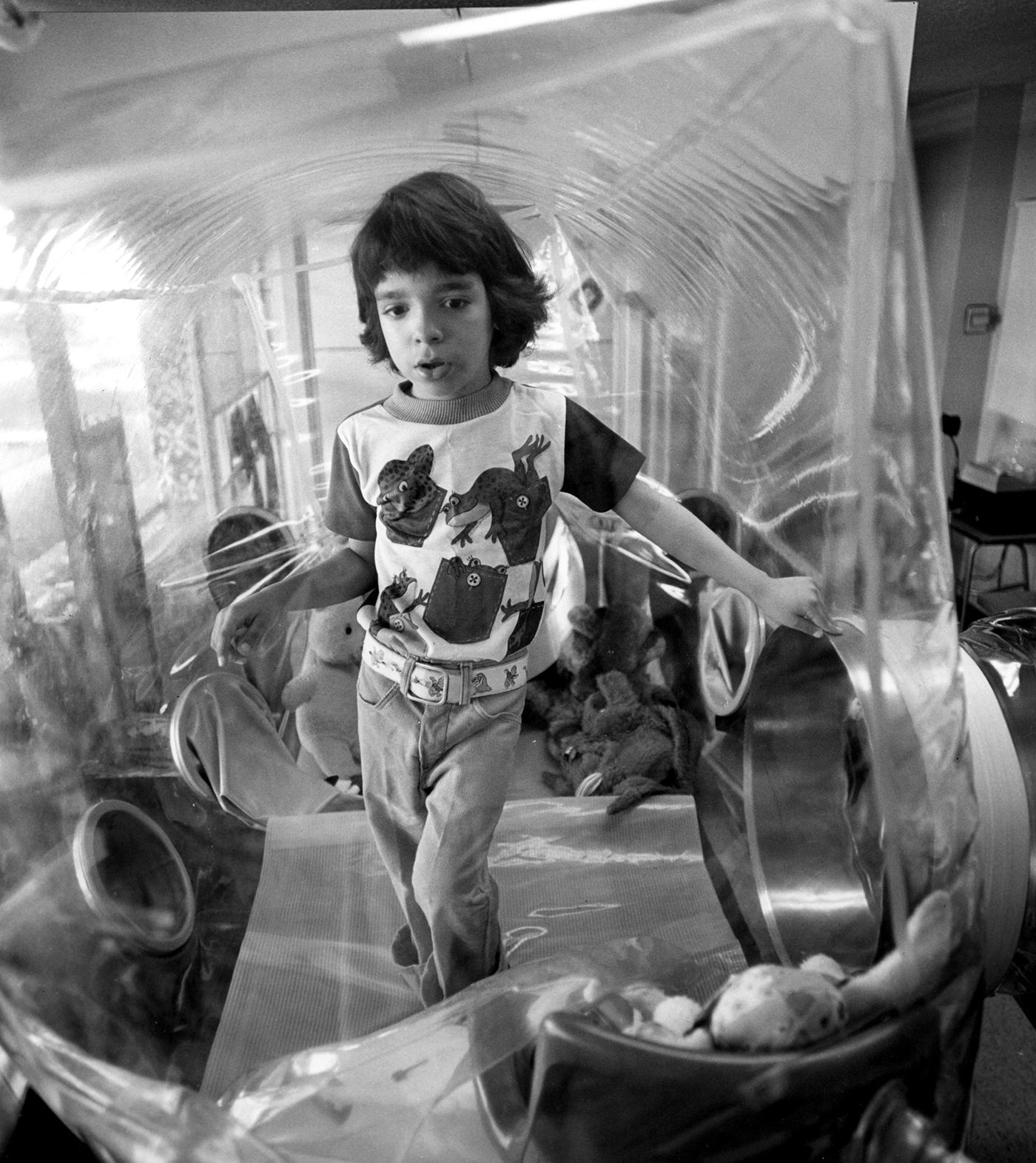See A. G. Cobián Güemes et al., “Viruses as Winners in the Game of Life,” Annual Review of Virology, no. 3 (2016): 197–214 →.
Gilles Deleuze and Félix Guattari, On the Line, trans. John Johnston (Semiotext(e), 1983), 21.
Patricia Clough and Jasbir Puar, “Introduction,” in “Viral,” ed. P. Clough and J. Puar, special issue, Women’s Studies Quarterly 40, no. 1–2 (2012): 13–26.
For an understanding of the complexity of factishes, read Isabelle Stenger’s original work. Bruno Latour has simplified and popularized the idea. Isabelle Stengers, Cosmopolitics I (University of Minnesota Press, 2010); Bruno Latour, On the Modern Cult of the Factish Gods (Duke University Press, 2010).
M. R. Clokie et al., “Phages in Nature,” Bacteriophage 1, no. 1 (2011): 31–45.
Curtis A. Suttle, “Marine Viruses—Major Players in the Global Ecosystem,” Nature Reviews Microbiology, no. 5 (2007): 801–12.
Cobián Güemes et al., “Viruses as Winners.”
Martin Heidegger, The Fundamental Concepts of Metaphysics: World, Finitude, Solitude (Indiana University Press, 1995), 176.
See Peter Sloterdijk, Bubbles (MIT Press, 2011); and René ten Bos, “Towards an Amphibious Anthropology: Water and Peter Sloterdijk,” Environment and Planning D: Society and Space 27, no. 1 (2009): 74.
Celia Lowe, “Viral Clouds: Becoming H5N1 in Indonesia,” Cultural Anthropology, no. 25 (2010): 625–49.
John Dupré and Stephan Guttinger, “Viruses as Living Processes,” Studies in History and Philosophy of Biological and Biomedical Sciences, no. 59 (2016), 115.
Dupré and Guttinger, “Viruses as Living Processes,” 109.
Charlotte Brives, “Pluribiosis and the Never-Ending Microgeohistories,” in With Microbes, ed. C. Brives, Matthäus Rest and Salla Sariola (Mattering Press, 2021) →.
Elizabeth Povinelli, Geontologies: A Requiem to Late Liberalism (Duke University Press, 2016), 19. Povinelli sees the figure of the virus in “the waste dump, the drug-resistant bacterial infection stewed within massive salmon and poultry farms … the person who looks just like ‘we’ do as she plants a bomb.” In a more subtle register, Povinelli suggests: “The virus copies, duplicates, and lies dormant even as it continually adjusts to, experiments with, and tests its circumstances.” Also, the “virus is the popular cultural figure of the zombie—Life turned to Nonlife and transformed into a new kind of species war.” Ibid., 19.
See Michel Serres, The Parasite, trans. Lawrence R. Schehr (University of Minnesota Press, 2017).
Gregory Bateson, Mind and Nature: A Necessary Unity (Dutton, 1979), 92–99. Emphasis in original.
Merry Youle, Thinking Like a Phage: The Genius of the Viruses That Infect Bacteria and Archaea (Wholon, 2017), 16.
Claire Bishop, “Antagonism and Relational Aesthetics,” October, no. 110 (2004): 66.
James Lovelock, “Gaia: A Model for Planetary and Cellular Dynamics,” in Gaia, a Way of Knowing: Political Implications of the New Biology, ed. W. I. Thompson (Lindisfarne Press, 1987), 88.
Isabelle Stengers, Catastrophic Times: Resisting the Coming Barbarism, trans. Andrew Goffey (Open Humanities Press / meson press, 2015), 46.
Jeremy J. Barr, “A Bacteriophages Journey through the Human Body,” Immunological Reviews 279, no. 1 (2017):106–22.
Anna Kuchment, The Forgotten Cure: The Past and Future of Phage Therapy (Springer Science & Business Media, 2011).
Victor Secco, unpublished paper presented to Coronavirus Multispecies Reading Group, January 2022 →.
Tim Dean, Unlimited Intimacy: Reflections on the Subculture of Barebacking (University of Chicago Press, 2009), x.
M. A. Garcia et al., “The Color of COVID-19: Structural Racism and the Disproportionate Impact of the Pandemic on Older Black and Latinx Adults,” Journals of Gerontology. Series B, Psychological Sciences and Social Sciences 76, no. 3 (2021): 75–80; Ruha Benjamin, “Black Afterlives Matter: Cultivating Kinfulness as Reproductive Justice,” in Making Kin Not Population, ed. Adele Clark and Donna Jeanne Haraway (Prickly Paradigm Press, 2018).
Brives, “Pluribiosis and the Never-Ending Microgeohistories.”
Donna Haraway, “The Promises of Monsters: A Regenerative Politics for Inappropriate/d Others,” in Cultural Studies, ed. Lawrence Grossberg, Cary Nelson, and Paula A. Treichler (Routledge, 1991): 295–337.
See Steven Epstein, Impure Science (University of California Press, 1996).
Eben Kirksey, The Mutant Project: Inside the Global Race to Genetically Modify Humans (St. Martin’s, 2020).
Donna Haraway, Staying with the Trouble: Making Kin in the Chthulucene (Duke University Press, 2016).
